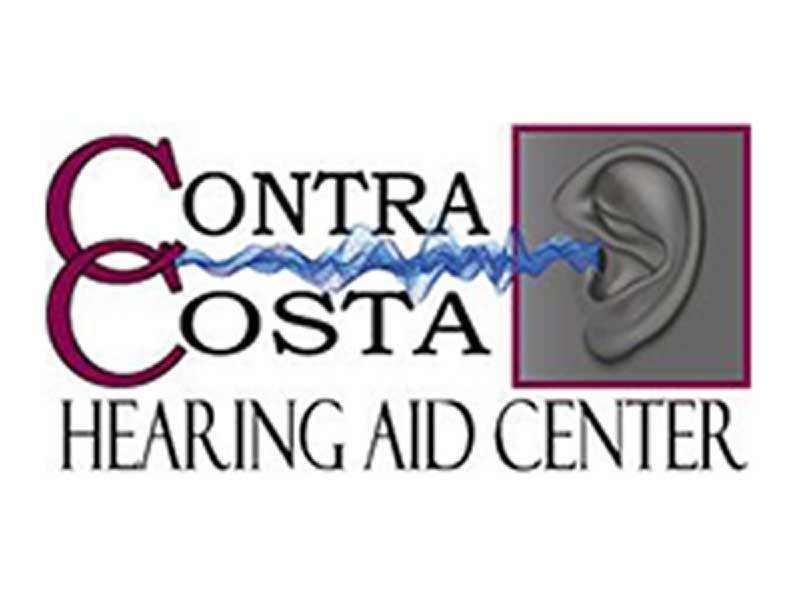One component of hearing loss that is seldom discussed is the simple decrease in safety of people who have experienced it. For example, suppose that a fire breaks out in your home; if you’re like most of us you have smoke detectors to sound an alert so that you and your loved ones can evacuate the house before a fire spreads too far and traps you. But this time imagine further, and ponder what might happen if your smoke alarm goes off at night after you’ve gone to sleep, having removed your hearing aid.
Nearly all smoke alarms (or similar carbon monoxide detectors), produce a loud warning sound between the frequencies of 3000 – 4000 Hz. And while the majority of people can hear these tones without difficulty, these frequencies are among those most impacted by age-related hearing loss and other kinds of auditory impairment. So if you are one of the more than eleven million people in America with hearing problems, there’s a possibility that you simply would not hear your smoke alarm even if you were awake.
To correct this, there are a number of home safety products that have been re-engineered with the requirements of the hearing impaired in mind. For instance, there are smoke alarms that emit a low-frequency (520 Hz) square wave tone that most hearing-impaired individuals can hear. If you are completely deaf without your hearing aid or when you turn off your cochlear implants (CIs), you’ll find alert systems which use a mix of blinking lights, very loud alarms, and bed shakers to wake you up in an emergency. Many of these methods are intended to be integrated into more extensive home security systems to warn you of burglars or neighbors pounding furiously on your door in the case of an emergency.
To hear other sounds which might signal danger, many hearing-impaired people have set up induction loops in their homes to improve the efficiency of their hearing aids or cochlear implants. An induction loop is merely a long strand of wire that encircles your living room, bedroom, or children’s rooms, which activates the telecoils inside your hearing assistance devices to increase the volume of sounds, and therefore can help you not to miss any important or emergency notifications.
Not to mention the lowly telephone, which many of us often ignore until we need one, but which may become critical in any sort of emergency situation. Fortunately, many modern mobile and residential phones are now telecoil-compatible, to permit their use by individuals wearing hearing aids or cochlear implants. Moreover, there are telephones specifically designed for the hearing impaired which include speakerphones that operate at high volumes, and which may be voice-activated. These phones allow you to voice-dial for help in an emergency situation. Other manufacturers produce vibrating bracelets that communicate with your cellphone to wake you up or advise you if you get a call.
Other safety suggestions are less technical and more practical, such as always having the telephone numbers of fire departments, ambulance companies, health care providers, and emergency services handy. We are as concerned about your safety as we are about your hearing, so if we can be of assistance with any additional tips or suggestions, feel free to call us.
